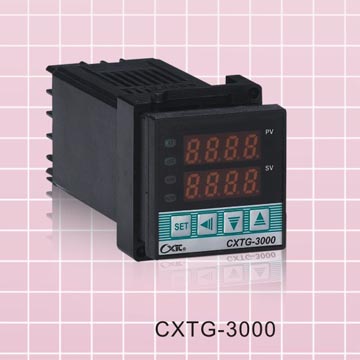

Quote: Originally posted by Neil  |

Quote: Originally posted by sternman318  |
 I have one that gets to 500~F but outside with no skirt
it can't get a water bath hot enough to boil methanol.
I have one that gets to 500~F but outside with no skirt
it can't get a water bath hot enough to boil methanol. Quote: Originally posted by The WiZard is In  |
Quote: Originally posted by The WiZard is In  |
Quote: Originally posted by sternman318  |
Quote: Originally posted by sternman318  |







Quote: Originally posted by sternman318  |






Quote: Originally posted by sternman318  |


















